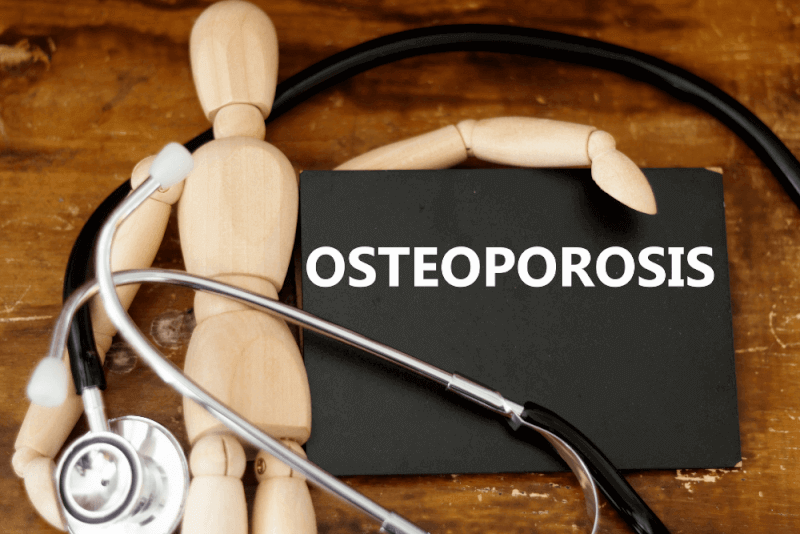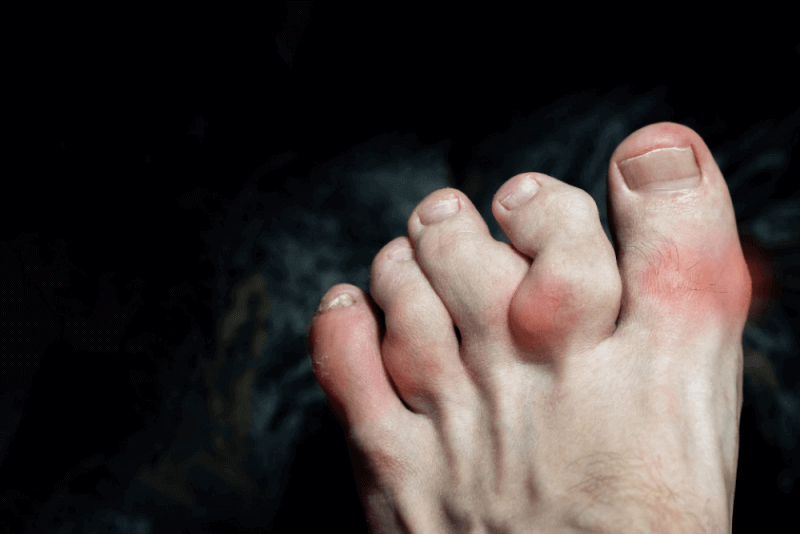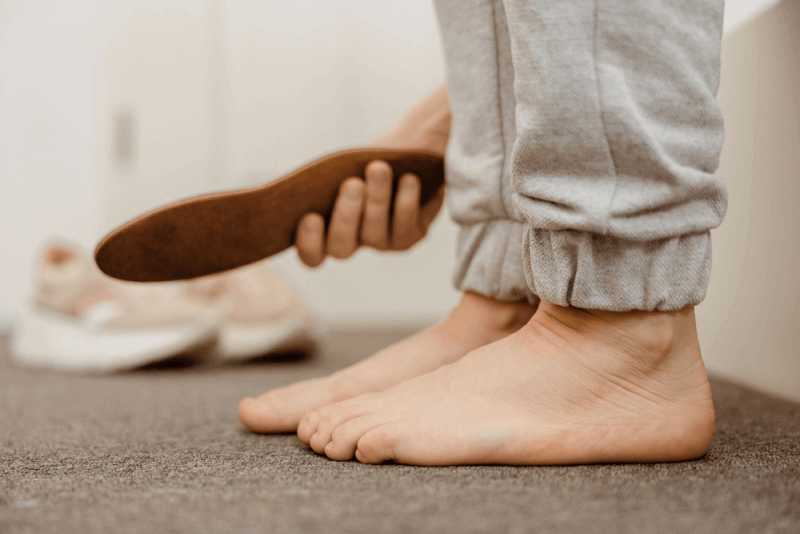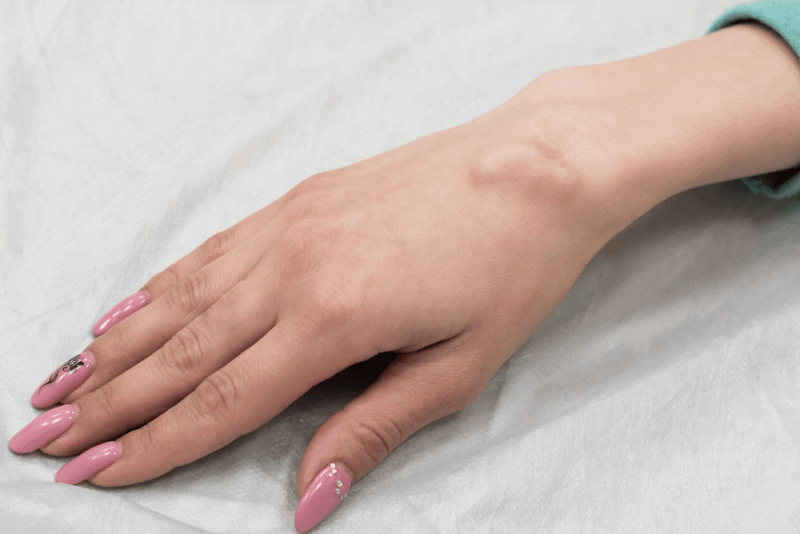What is osteoporosis?
The simplest definition of osteoporosis, also known as osteoporosis, is that the mineral density in the bones decreases and therefore the bones become weaker and more fragile. Although the bone structure is hard, it has pores like a sponge. A decrease in calcium mineral in the bone causes these pores to enlarge and bone mass to decrease. The enlargement of the pores also leads to a decrease in the strength of the bones.
These deteriorations in the bones are micro-scale. For this reason, although it is called osteoporosis, there is no such thing as bones melting and disappearing. Instead, it refers to the weakening of bones and their increased fragility.
Bone resorption in the jaw (osteoporosis)
Osteoporosis is a health problem that also affects the jawbone. However, the cause of jawbone resorption is not mineral deficiency but tooth loss. For this reason, jawbone resorption usually occurs after peridontal diseases.
Jawbone resorption, which usually occurs in older individuals, can also occur at an early age. In particular, accidental trauma, smoking and malnutrition are among the causes of tooth loss and thus jawbone resorption.
As a result of the resorption of the jawbone, the teeth cannot be adequately supported. For this reason, the symptoms seen in patients include the following.
- Movement of teeth
- Shrinking of the gums
In case of these symptoms, you should consult a dentist as soon as possible. In this way, jaw bone resorption can be stopped. Among the applications for the resorption of the jawbone are the following.
- Tartar cleaning
- Root planning
- Ensuring complete oral hygiene
- Implant application for the completion of tooth deficiencies
In order to prevent jawbone resorption, people should first pay attention to their oral hygiene. Complete dental and oral hygiene will prevent dental and gum diseases and will also prevent jawbone resorption.
Diagnostic methods for osteoporosis
Diagnosis in the early stages of osteoporosis is coincidental. The diagnosis is usually made when bone fractures occur. In osteoporosis, a heavy impact is not necessary for bone fractures to occur. Even a simple cough can cause bones to break.
Bone scanning is required for a definitive diagnosis of osteoporosis. The method called DEXA is an easy method as it is applied painlessly. DEXA performed by radiology departments has low radiation. Metal objects on the patients should be removed before the application. Afterwards, the patient, wearing a hospital gown, lies down on the computed tomography machine and a bone scan is performed. People who use calcium supplements should stop taking them and inform their doctor before having a bone scan.
Symptoms of osteoporosis
Osteoporosis is one of the insidious diseases. For this reason, it is common for it to show no symptoms in its early stages. However, the symptoms seen in the later stages of osteoporosis are serious.
The first symptoms of osteoporosis include back pain. The reason for back pain in patients is that small fractures begin to occur due to mineral loss in the bones. Moreover, there is no need for any impact or fall to cause these micro fractures in the vertebrae. The increase in these fractures in the vertebrae causes the vertebrae to collapse in the future. Among the symptoms seen in patients after the onset of collapses are the following.
- Shortening of patients' stature
- Hump formation in the back
- Bending of the spine forward
- Bone fractures and cracks that can occur even with simple movements
Causes of bone loss (osteoporosis)
Bones are one of the tissues that renew themselves throughout human life. During this cycle, cells called osteoblasts are involved in making new bone cells. At the same time as new bone cells are being formed, old bone cells are being destroyed. The cells involved in destruction are called osteoclast cells. Normally, osteoblast cells and osteoclast cells continue to work in parallel with each other. However, for various reasons, this parallelism is disrupted and osteoclast cells work harder, leading to osteoporosis. Factors that cause bone resorption include the following.
Advancing age
The primary cause of osteoporosis is old age. This is a risk factor for both women and men.
Menopause
The primary cause of osteoporosis in women is menopause. Because during menopause, women begin to secrete less estrogen hormone. Since one of the functions of the estrogen hormone in the body is to protect the bone structure, menopause also causes an increased risk of osteoporosis. In addition, early menopause or removal of the ovaries for any reason can also cause osteoporosis.
Genetics
People with a family history of osteoporosis are more likely to have osteoporosis. In addition, people with a family history of hip fractures or spinal fractures are prone to osteoporosis.
Diet low in calcium
A calcium-rich diet should be adopted especially during childhood and adolescence when bone development continues at a great pace. This improves bone quality even in later life. In addition, people should continue to eat a calcium-rich diet in their later years.
Vitamin D deficiency
Vitamin D is needed for calcium intake through diet to be used in the bones. In order to get enough vitamin D, it is necessary to get enough sunlight. Insufficient intake of vitamin D is one of the primary causes of osteoporosis.
Lack of physical activity
Regular exercise throughout one's life helps to increase bone mass. In the absence of exercise, the risk of osteoporosis increases.
Bone resorption (osteoporosis) treatment methods
The main goal of osteoporosis treatment is to preserve bone mass in patients. In addition, treatments are applied to alleviate the pain experienced by the patients and to prevent any fracture formation.
The factors that cause osteoporosis are also important in planning treatment. If there is any disease that causes osteoporosis, this disease must first be treated. In addition, in case of osteoporosis caused by long-term drug use, the drugs used or their doses should be changed.
Some medicines are used to stop osteoporosis and increase bone mass. In addition to these medications, patients are also given vitamin D and calcium supplements. These medicines must be used under the supervision of a physician. In addition, patients should adopt a calcium-rich diet and include exercise in their lives.
In the treatment of osteoporosis, attention should also be paid to fracture formation in patients. For this reason, it is recommended that patients get help from a walker or cane when the risk of falling is increased. They should also avoid going out in rainy or icy weather.
If patients with osteoporosis have dizziness, balance problems, hearing loss or visual disturbances, these problems should also be treated. In this way, the risk of patients falling will be reduced and new fractures will be prevented.
If patients have to take sleeping or drowsy medications for any reason, they should make the necessary adjustments at home. In particular, it is recommended that items such as carpets or rugs that may cause tripping and falling should be removed or secured to the floor. On wet floors, the use of non-slip surfaces and the removal of cables on the floor are important measures to reduce the risk of falls.
Osteoporosis surgery
Some surgical methods are also used to reduce fractures in osteoporosis. Bones are strengthened by supporting the bone structure with bone cement or organic substances.
Drug treatment of osteoporosis
Drug therapy for osteoporosis is used both to preserve existing bone mass and to support the formation of new bone cells. The drug treatment should be applied for at least 1 year. During this process, blood and urine tests are performed to check the current condition of the patients. After one year, annual checks should be carried out. However, drug treatment is not suitable for all patients.
In addition to medication, patients are also given vitamin D and calcium supplements. The daily amount of these supplements varies according to age. For this reason, blood tests are needed to determine how much supplements should be used. The amount of calcium and vitamin D that patients should use should be determined by physicians in order to keep the values at an optimal level.
Types/types of osteoporosis
Osteoporosis is divided into two groups: primary and secondary.
Primary osteoporosis
Primary osteoporosis, which usually occurs in individuals between the ages of 23 and 86, is the name given to osteoporosis that occurs without any other factor. Primary osteoporosis occurs in three different ways.
- Idiopathic juvenile
- Senile osteoporosis caused by old age
- Osteoporosis after menopause
Causes of primary osteoporosis
Primary osteoporosis is caused by a decrease in bone mass density. The reasons behind this include malnutrition, genetics, decreased estrogen hormone and increased bone destruction.
Secondary (secondary) osteoporosis
Secondary osteoporosis occurs due to medications used for another disease in patients. For this reason, it is especially common in young men and menopausal women. In addition, cases where bone loss continues despite the continuation of treatment are also considered within the scope of secondary osteoporosis.
Causes of secondary osteoporosis
Factors that usually cause secondary osteoporosis include the following.
- Cancer
- Rheumatic diseases
- Blood disorders
- Digestive system diseases
- Endocrine diseases
- Genetics
- Heavy alcohol use
- Sedentary lifestyle
What to do to prevent osteoporosis
In order to prevent osteoporosis, it is necessary to pay attention to the diet from childhood onwards. In addition to a healthy diet, adopting a calcium-rich diet is the first step towards increasing and maintaining bone mass density.
Another point to be considered to prevent osteoporosis is to avoid heavy alcohol consumption. In addition, smoking should be avoided and caffeine consumption should be limited.
In addition, exercise should not be neglected. It is extremely important to perform exercises suitable for the person and age throughout life in order to reduce the risk of osteoporosis.
Another point to be considered to prevent osteoporosis should be vitamin D. In order to get enough vitamin D, sunlight must be utilized. In addition, vitamin D levels should be checked regularly and vitamin D supplements should be used under the supervision of a physician if necessary.










